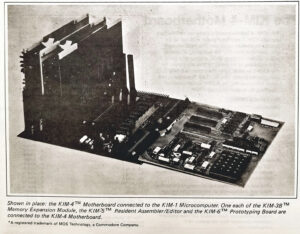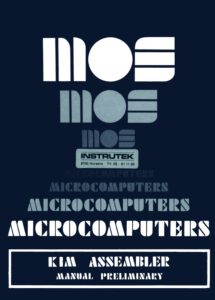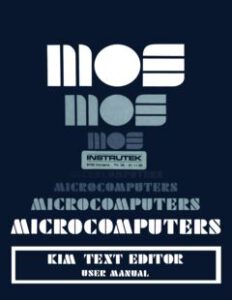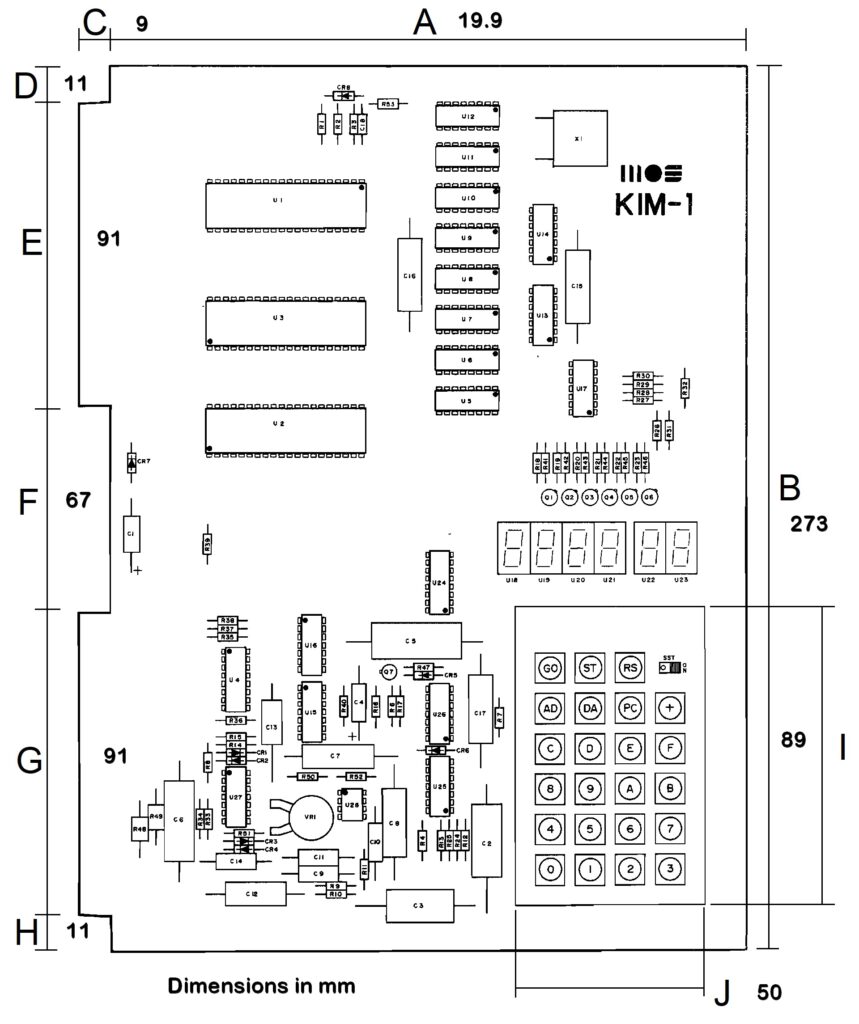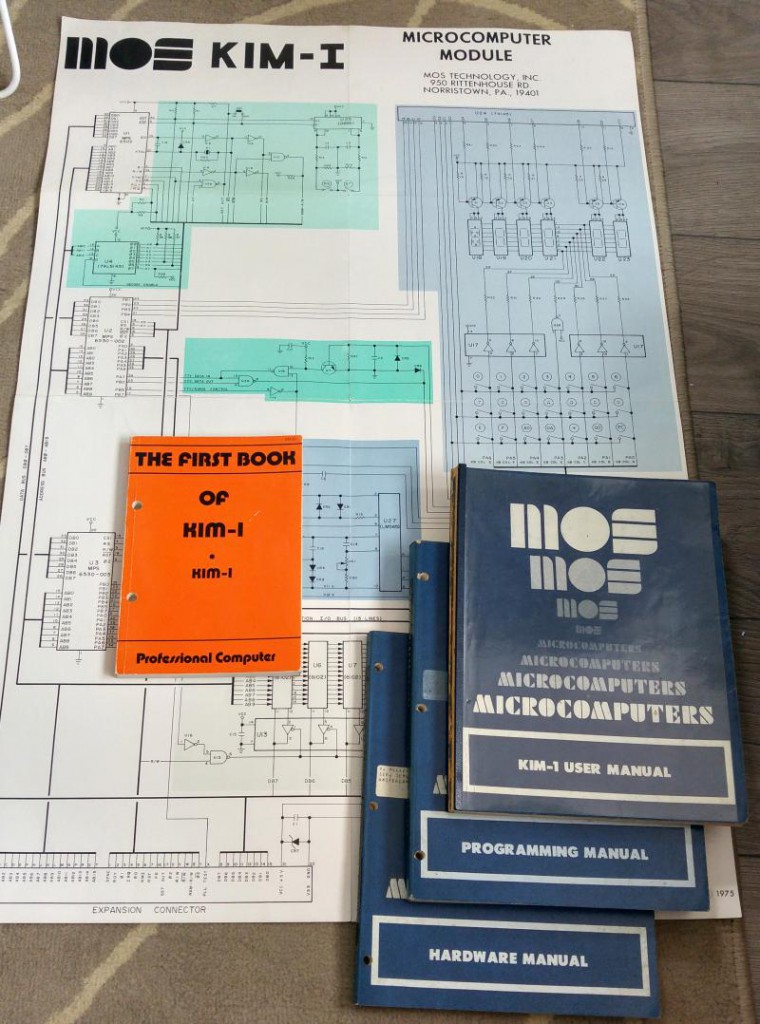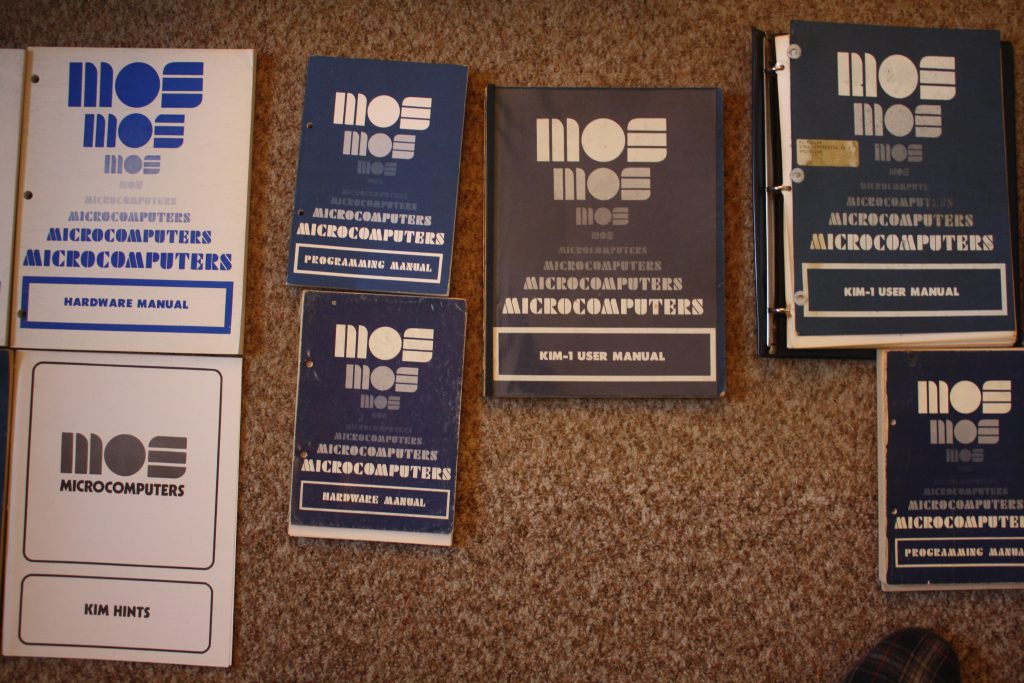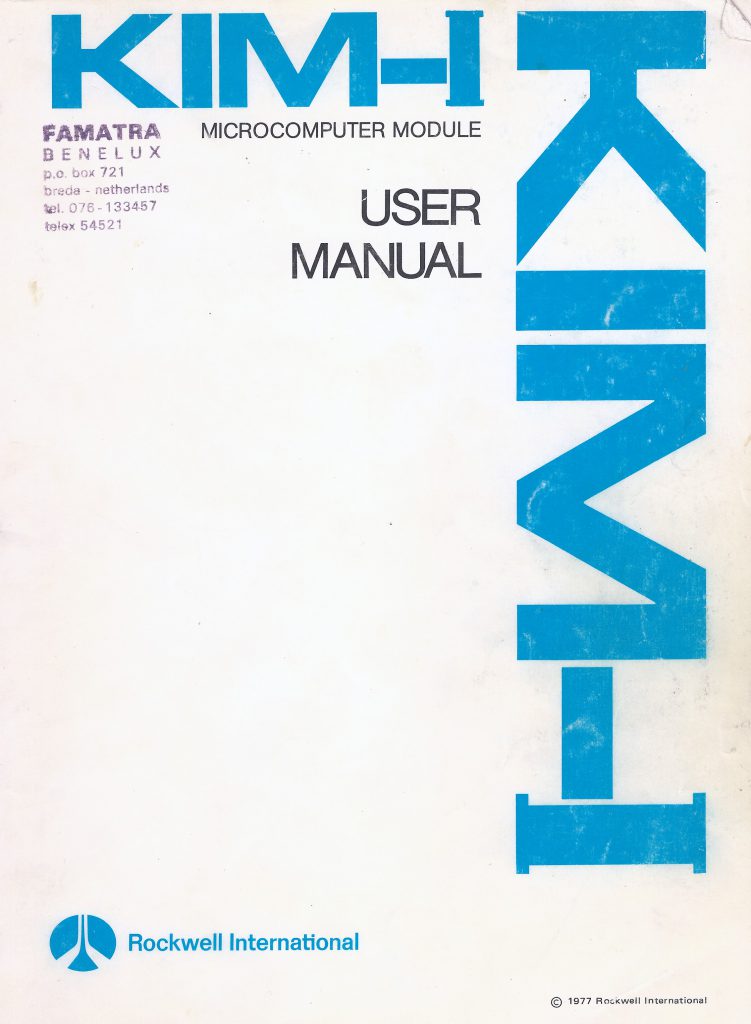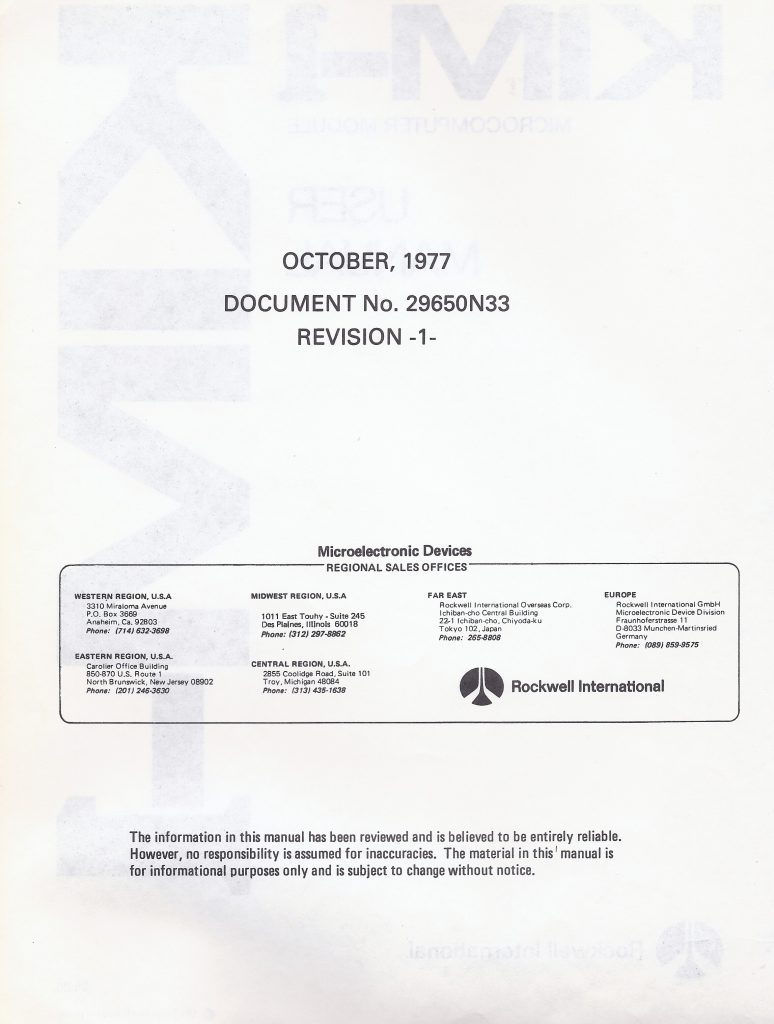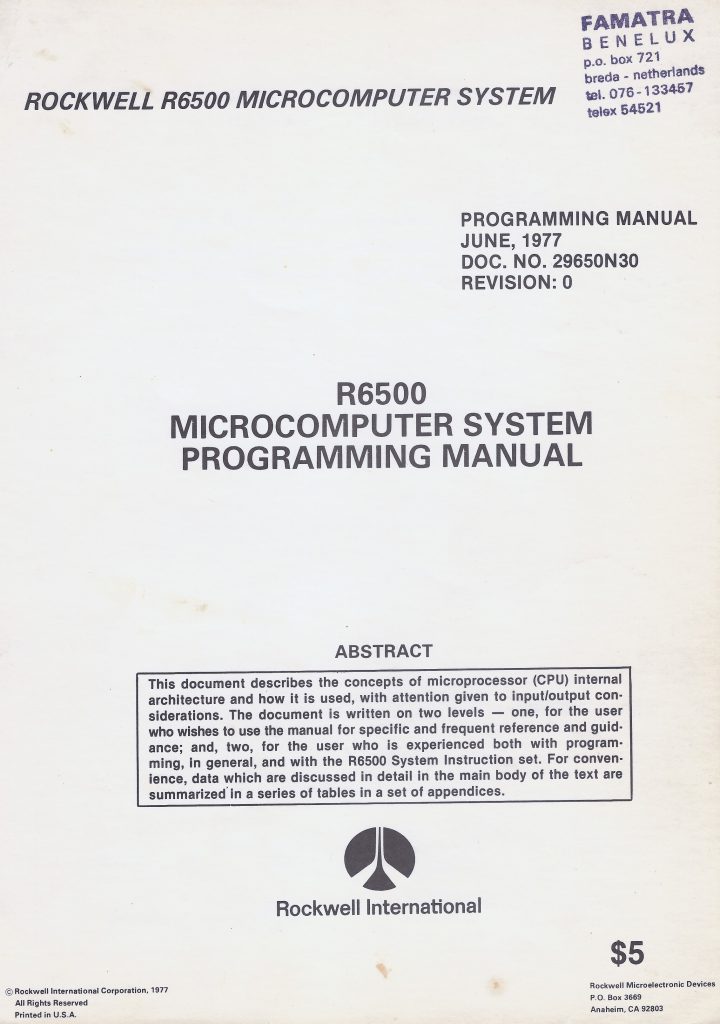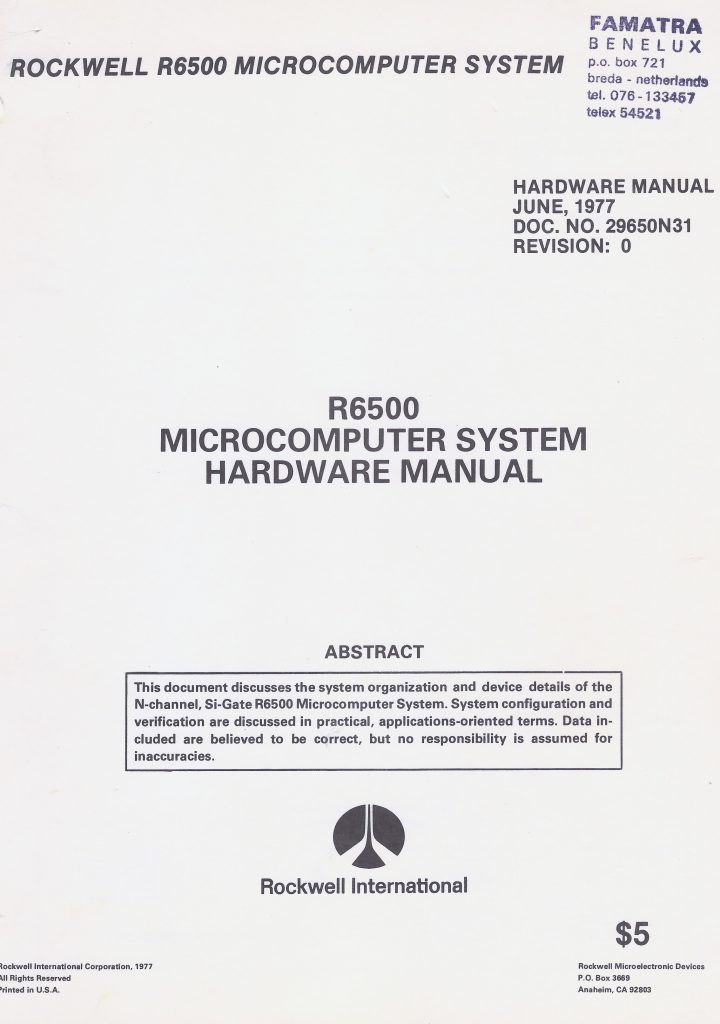Category Archives: pal-1
HEXPAWN
A game by Robert Leedom, published in 6502 user notes #13, 1979. Typed in by Dominic Bumbaco so we can play it!
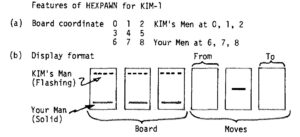
Paper tape and hex dump of the program
Original article
See also:
KIM-1 revisions, what changed?
KIM-1 Circuit poster
A 2K Symbolic Assembler for the KIM-1
The Rockwell KIM-1
Suppress KIM-1 echo
Original article: KIM Kenner 17 page 14, Dutch, Hans Otten. Translation 2021 Hans Otten
Problem: the KIM-1 hardware is echoing incoming serial characters to the output, no echo in software involved. Very annoying!
In the KIM Kenner 1 Siep de Vries, founder of the Dutch KIM Club mentioned how in Focal for the 6502 a trick was built in to suppress the hardware echo by manipulating the TTY out bit. I examined later how it was done, from the Focal disassembly:
34AF E6 76 L34AF INC $76 ; random number? 34B1 2C 40 17 BIT H1740 ; check if character is incoming 34B4 30 F9 BMI H34AF ;=> wait until startbit 34B6 AD 42 17 LDA H1742 34B9 29 FE AND #$FE ; clear PA7 34BB 8D 42 17 STA H1742 34BE 20 5A 1E JSR H1E5A ; KIM-1 input 34C1 48 PHA 34C2 AD 42 17 LDA H1742 34C5 29 FE AND #$FE ; isolate PA7 34C7 09 01 ORA #$01 ; set PA7 to 1 34C9 8D 42 17 STA H1742 34CC 68 PLA 34CD 18 CLC 34CE 60 RTS
Hardware echo
I took the idea and implemented the software (without knowing then in 1980 the Focal disassembly!).
The echo of incoming serial to outgoing is shown in the next figures (from the KIM user manual and the KIM Circuit poster).
The TTY KEYBD signal goes via a transistor and NAND gate U15 to PA7 port of the 6532. That signal also goes to pin 10 input of NAND gate U26 which is the TTY out line. This is the hardware echo. When the KIM-1 sends out a character it comes from PB0 to pin 9 of of NAND gate U26 and so comes out to the TTY Out line.
Note that PB5 is connected via an inverter to NAND gate U15. The other input is TTY IN. Making PB5 high will make the TTY input PA7 deaf.
Note PB5 is also Audio out.
Suppress echo in software
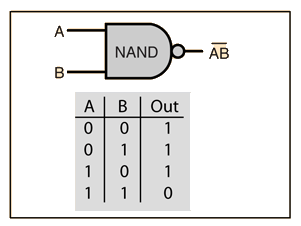
The solution to suppress the echo is making output PB0 low. The NAND gate out will now stay high, ignoring any changes on the other input, which is the incoming serial character.
Only when receiving a character PBO should be made high. Also any incoming character will now not be echoed unless the program wants to receive a character!
Example program
In this routine the standard KIM-1 GETCH routine at $1E5A is encapsulated in a subroutine that prevents the echo by setting PB0. Note that this is not a complete block of the echo, it is only active when the program calls the blocking EGETCHAR. When the program sends out charactersto a dispaly, anything typed at the keyboard will also appear at the display.
The calling program is now responsible for the echoing!
0001 1000 echo .org $1000 0002 1000 ; 0003 1000 echoflag = $17E2 ; flag: 0 normal echo 0004 1000 SBD = $1742 ; KIM 6532 PIA B data register 0005 1000 GETCH = $1E5A ; KIM TTY Getch routine 0006 1000 ; 0007 1000 AD E2 17 EGETCHAR LDA echoflag ; if notechoflag 0008 1003 F0 08 beq normal ; then normal echo 0009 1005 AD 42 17 LDA SBD ; else set TTY bit PB0 to 0 0010 1008 29 FE AND #$FE 0011 100A 8D 42 17 STA SBD ; 0012 100D 20 5A 1E normal JSR GETCH ; get character from input 0013 1010 48 PHA ; save 0014 1011 AD 42 17 LDA SBD ; set TTY bit PB0 0015 1014 09 01 ORA #$01 0016 1016 8D 42 17 STA SBD 0017 1019 68 PLA ; restore received character 0018 101A 60 RTS 0019 101B .end 0020 101B tasm: Number of errors = 0
Does EGETCHAR work on the KIM-1 clones or SImulator?
Micro-KIM and PAL-1: yes, the hardware is identical, IC numbers are different
Corsham Technology: yes, though the hardware for audio is not there, there is still a NAND gate IC17C coupling PA7 and PB0.
KIM-1 Simulator V1.16 and higher: yes.
Enhanced solution: always deaf for input
If you study the hardware shown above you see PB5 also blocks the echo. The following routine tries to use this to make the input permanent deaf.
0001 1000 echo .org $1000 0002 1000 ; 0003 1000 echoflag = $17E2 ; flag: 0 normal echo 0004 1000 SBD = $1742 ; KIM 6532 PIA B data register 0005 1000 GETCH = $1E5A ; KIM TTY Getch routine 0006 1000 ; 0007 1000 ; no echo when reading character 0008 1000 ; 0009 1000 AD E2 17 EGETCHAR LDA echoflag ; if not echoflag 0010 1003 F0 08 beq normal ; then normal echo 0011 1005 AD 42 17 LDA SBD ; else set TTY bit PB0 to 0012 1008 29 FE AND #$FE 0013 100A 8D 42 17 STA SBD ; 0014 100D 20 5A 1E normal JSR GETCH ; get character form input 0015 1010 48 PHA ; save 0016 1011 AD 42 17 LDA SBD ; set TTY bit PB0 0017 1014 09 01 ORA #$01 0018 1016 8D 42 17 STA SBD 0019 1019 68 PLA ; restore received character 0020 101A 60 RTS 0021 101B ; 0022 101B ; no echo only at wish if reading character 0023 101B ; note that using tape I/O will leave PB5 low 0024 101B ; 0025 101B AD E2 17 DGETCHAR LDA echoflag ; if notechoflag 0026 101E F0 05 beq dnormal ; then normal echo 0027 1020 AD 42 17 LDA SBD ; else set TTY bit PB0 to 0028 1023 29 FE AND #$FE ; PB0 low 0029 1025 29 DF dnormal AND #$DF ; PB5 low 0030 1027 8D 42 17 STA SBD ; 0031 102A 20 5A 1E JSR GETCH ; get character from input 0032 102D 48 PHA ; save 0033 102E AD 42 17 LDA SBD ; set TTY bit PB0 and PB5 0034 1031 09 21 ORA #$21 ; high 0035 1033 8D 42 17 STA SBD 0036 1036 68 PLA ; restore received character 0037 1037 60 RTS 0038 1038 .end 0039 1038 0040 1038 tasm: Number of errors = 0
Note that using tape I/O will leave PB5 low, allowing echo, only set high when the program calls DGETCHAR.
Does DGETCHAR work on the KIM-1 clones?
Micro-KIM and PAL-1: yes, the hardware is identical, IC numbers are different
Corsham Technology: no, PB5 is not used.
KIM-1 Simulator: not yet
See also:
KIM-1 revisions, what changed?
KIM-1 Circuit poster
A 2K Symbolic Assembler for the KIM-1
The Rockwell KIM-1
KIM-1 manuals and MOS Technology documents
On this page manuals, most English, some German and other MOS Technology documents
- User manual
- Hardware manual
- Programming manual
- KIM Hints
- KIM Application Note #2 Interval timer Operation
- Circuit diagram poster
- KIM-2 – KIM-5 manuals, TIM
- MOS Technology Cross assembler
- KIMath Subroutines package
- First Book of KIM (with sources and binaries)
- MCS6500 Instruction Set Summary cards
- MOS Technology Newsletters
- Quick references
- Other MOS Technology documents
PDFs from all over the internet, archive.org,.thanks for that!
From https://www.retro-commodore.eu/2021/02/14/kim-1-manuals/ come the high quality scans!
Most are own scans and many hours of correcting scans to higher and cleaner quality.
KIM-1 User Manual
Four version are known to exist, a First Edition January 1976, a Second Edition March 1976 Revision 6500-15A, a Second Edition 6500-15B August 1976, and a Rockwell version Rev 1 1977.
There may have been a 6500-15C on which the Rockwell version is based. From 15A to 15B the difference is in a changed description of the 6530 timer. In the Rockwell version the keypad change of SST switch to the left is documented.
A German version is also known.
MCS6500 Family Hardware Manual
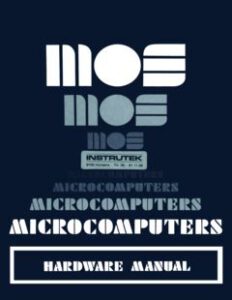 |
Hardware Manual August 1975 First Edition Publications Number 6500-10 6500-10 MCS6500 Hardware Manual August 1975 First Edition |
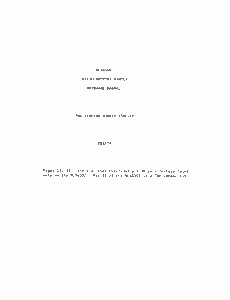 |
Errate letter for Hardware Manual 6500–10 |
 |
Hardware Manual January 1976 Second Edition Publications Number 6500-10A 6500-10A MCS6500 Hardware Manual January 1976 Second edition 6500-10A MCS6500 Hardware Manual Second Edition January 1976 high quality, printed in Germany MCS6500 Hardware manual 6500-10A in HTML format MCS6500 Hardware Manual 6500-10A in ASCII format |
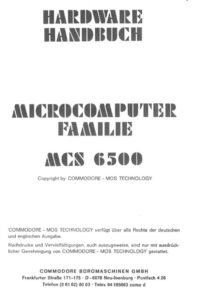 |
MOS 6500 Hardware Handbuch German version of Hardware manual |
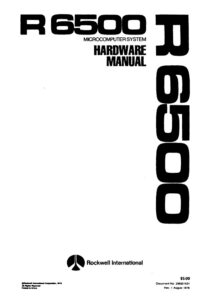 |
Rockwell 6500 Hardware Manual |
MCS6500 Family Programming manual
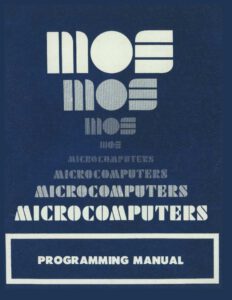 |
6500-50A MCS6500 Programming Manual January 1976 with reference card |
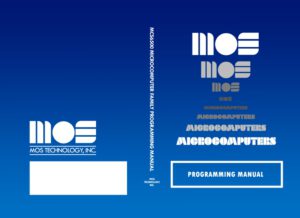
| 6500-50A MCS6500 Microcomputer Family Programming Manual High-res quality typeset manual by Pickledlight. Local copy. Check the original for updates. Hardcover of MCS6500 Microcomputer Family Programming Manual |
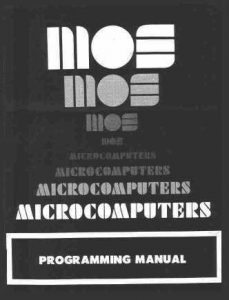 |
Programming Manual in HTML format Programming manual appendix in HTML format |
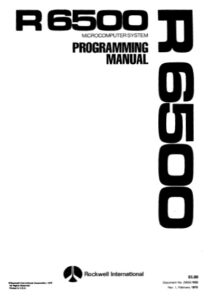 |
Rockwell 6500 Programming Manual |
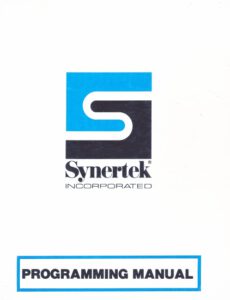 |
6500-50 MCS6500 Programming Manual Synertek |
 |
6500-50 MCS6500 Programming Manual Synertek in HTML format |
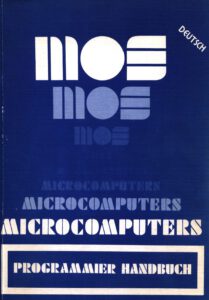 |
MOS Microcomputers Programmier Handbuch German version of Programming manual |
KIM Hints
A small booklet from MOS Technology comes with every KIM-1 with hints how to use the KIM-1. Like audio cassette, Teletype, paper tape, power supply and the Interval Timer in the 6530.
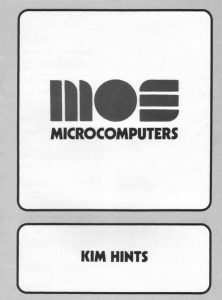 |
KIM Hints, grey cover |
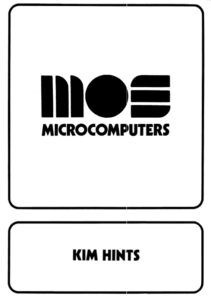 |
KIM-1 Hints, white cover |
 |
KIM hints in text format KIM-1 KIM-1 Hints with additions and corrections |
KIM Application Note #2 Interval timer Operation
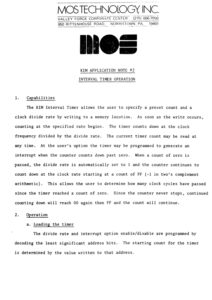 |
KIM Application Note #2 Interval timer Operation |
KIM-2 – KIM-5 manuals
Hardware extensions, see also the KIM System Products pages.
Cross assembler Manual, GE timeshare
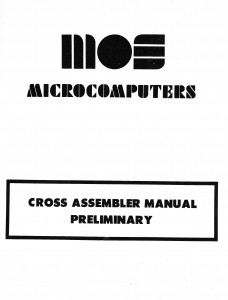 |
Cross assembler Manual, GE timeshare MCS6500 Microprocessor Software Support Guide for using the MOS Technology Support Software on United Computing Systems timesharing service Describes the MCS6500 Cross Assembler, Simulator and DMP to ROM programs. |
MOS KIMath Subroutines Programming Manual
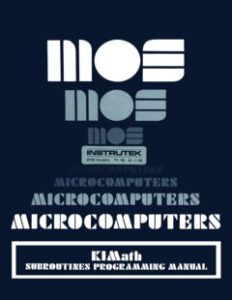 |
MOS KIMath Subroutines Programming Manual |
MOS Technology Cross assembler
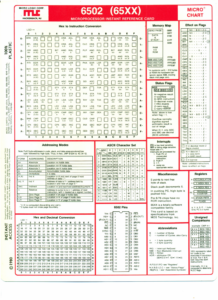
|
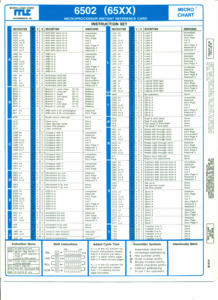
|
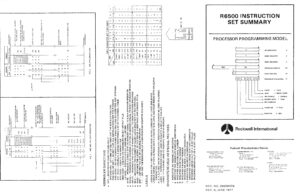
|
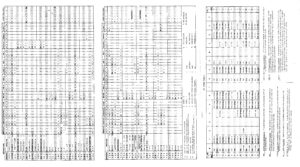
|
Circuit diagram poster
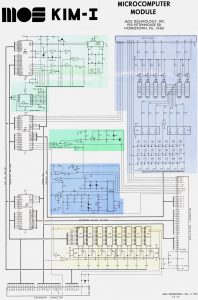 |
KIM-1 circuit diagram Rockwell branded circuit diagram KIM-1 poster in high resolution, large picture! KIM-1 poster in high resolution, cleaned up by Joshy of Forum64 and me (August 2022) KIM-1 poster in high resolution, cleaned up and with wide borders KIM-1 poster in high resolution, scan by Dave McMurtrie |
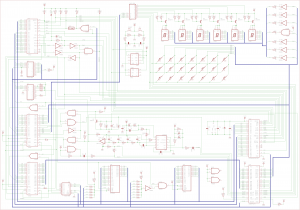 |
Redrawn KIM-1 circuit diagram |
First Book of KIM
Written by Jim Butterfield, Stan Ockers and Eric Rehnke (and many other authors!), first published 1977.
Invaluable source of information on programming the standard KIM-1. Background, games, utilities such as Hypertape.
Many reprints, many publishers.
The two versions downloadable here are rescanned and of high quality. The layout is a bit different, the contents are mostly identical. The corrections listed below are applicable to the Human Electron version, the Hayden version already has those corrections.
The previous version and only until now, still all on the internet is low quality, full of artefacts and missing the last page.
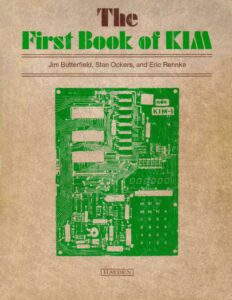
|
First Book of KIM, 1977, 1978 Published by Hayden Book Company. Later version, corrected edition |
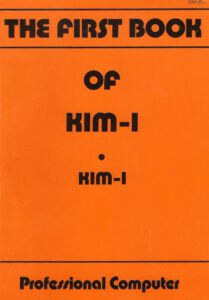
|
First Book of KIM, 1977 Published in Europe by Human Electron GMBH. Earlier version, corrections required |
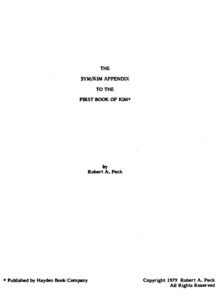
|
The Appendix SYM/KIM tot the First Book of KIM 1979, Robert A Peck, Hayden Book Company |
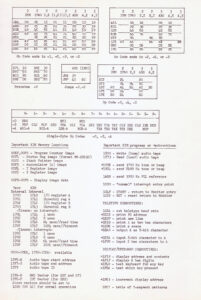 |
Last page of Hayden version, a quick reference of the KIM-1 |
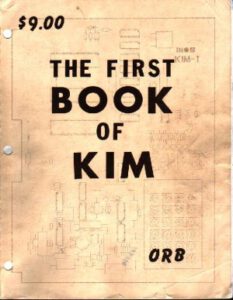
|
The First Book of KIM-1, part in text format The First Book of KIM-1 in HTML format Sources of The First Book of KIM-1 in source and papertape format, Jeff Tranter Software from First Book of KIM in binary, audio (Wave) and papertape format, by Dave Willams. |
THE FIRST BOOK OF KIM – corrections
– Authorships: SORT p. 136: by Jim Pollock
– FARMER BROWN, HYPERTAPE, SUPERDUDE: by Jim Butterfield
– Titles: MUTI-MAZE, p 92, should be MULTI-MAZE
– Programs:
– BANDIT: change 0252 and 029C from 08 to 0B
– CODE TEST, p.58: change 02CE thru 02DA to:
D1 65 D4 C5 D5 85 D0 A2 04 B5 D0 95 D1
– MUSIC BOX, p.90: add 027D 84 E7 – STY LIMIT+1
– MINI DIS, p. 125: add 0364 68 – PLA
– LUNAR LANDER, p.84: Press A for altitude display (is not in the Hayden version!)
– WUMPUS, p.107:. If WUMPUS moves into a room. with a pit or superbats, he’ll’ be hidden – you won’t be told WUMPUS CLOSE. Either guess or pitch a can to make him move.
– Asteroid line 0269 should be labeled NOBT
– Blackjack 0292 should be labeled HIT
– PING PONG hex dump 0325 should be “08” not “C0”
– WUMPUS line 06C delete duplicate label “ROOM”
Newsletters and errata
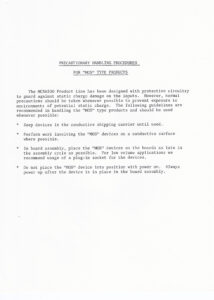 |
MOS Technology newsletters |
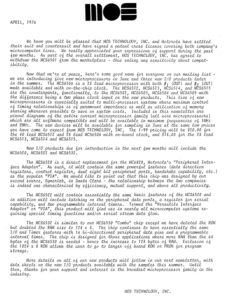 |
MOS Technology April 1976 customer update |
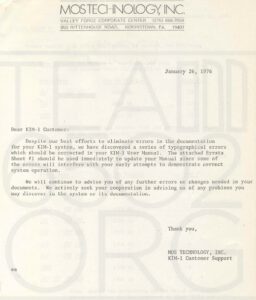 |
Customer Errata Letters Customer Errata Letter 1 Customer Errata Letter 2 Customer Errata Letter 3 |
Quick references
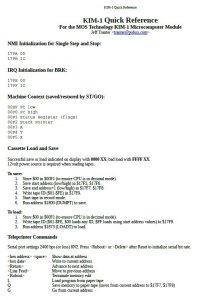 |
KIM-1 Quick Reference by Jeff Trenter | |
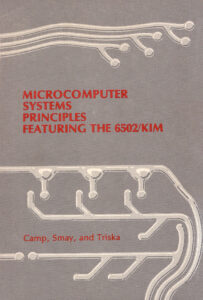 |
KIM-1 user guide and notes from the book “Microcomputer Principles featuring the 6502/KIM |
Other MOS Technology documents
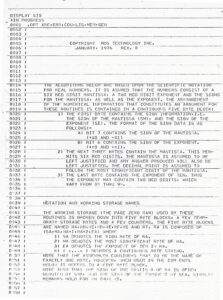 |
MOS Technology Floating point BCD routines MOS Technology January 1976, Rev 0. Numbers of six digits BCD Mantissa, a two digit BCD Exponent and the signs for the mantissa |
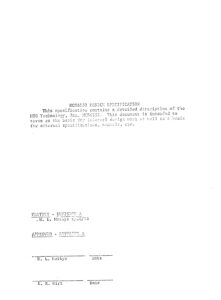 |
MCS6532 Design Specification Published before the first 6532 datasheet |
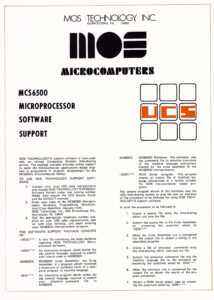 |
MCS6500 Microprocessor Software Support Guide for using the MOS Technology Support Software on United Computing Systems timesharing service Describes the MCS6500 Cross Assembler, Simulator and DMP to ROM programs. |
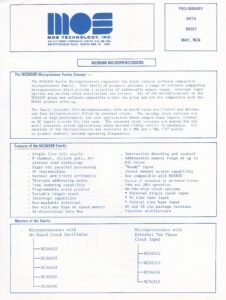 |
MCS6500 datasheet May 1976 |
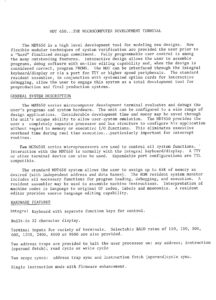 |
MDT 650 product description |
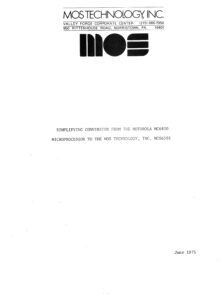 |
Simplifying Conversion from 6800 to 6502 |
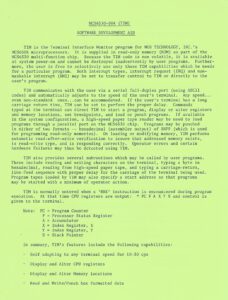 |
TIM Software development Aid Product description |
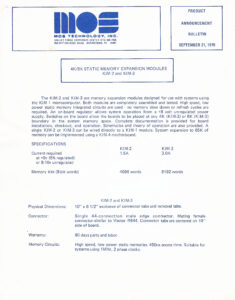 |
KIM 2-3-4-5 product descriptions |
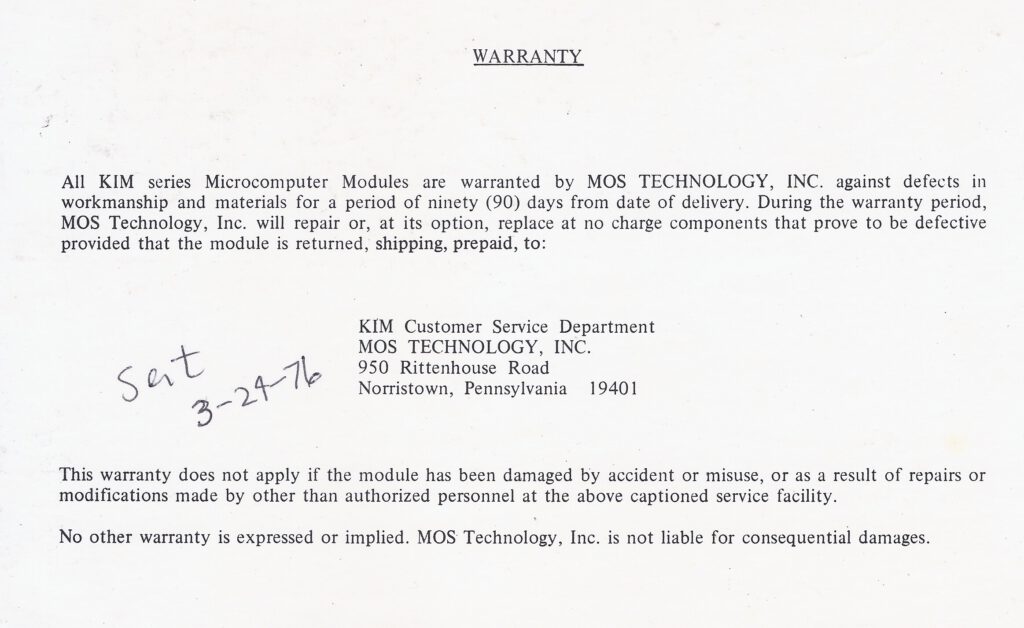
Warranty card that came with the KIM-1
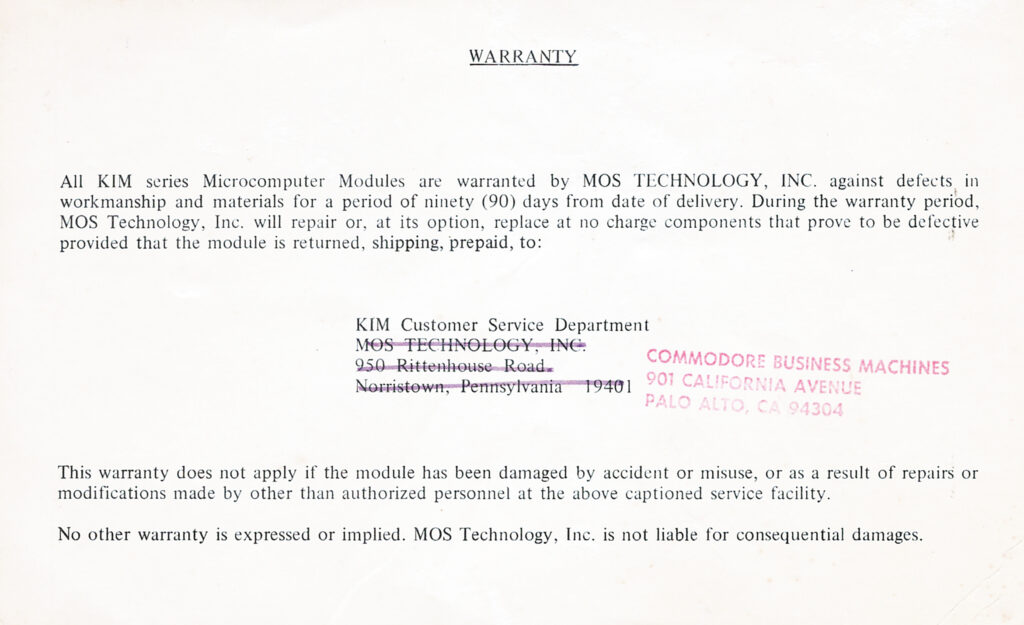
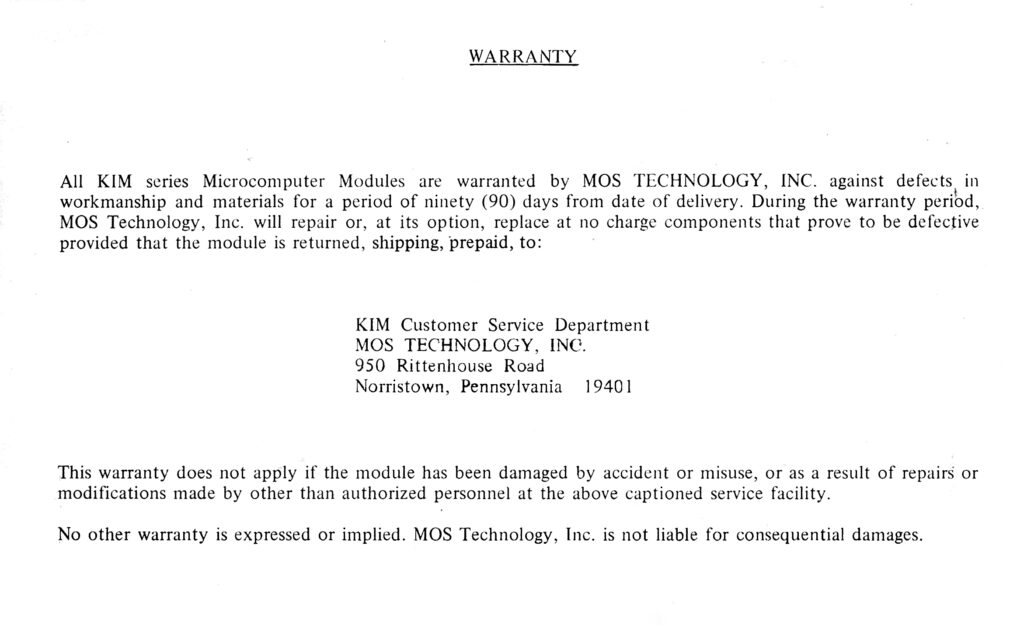
Byte Magazine 1978 09 Plugging the KIM-2 Gap
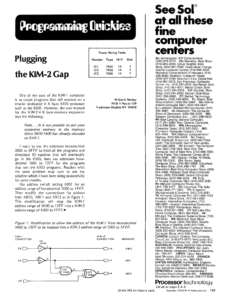 |
Byte Magazine 1978 09 Plugging the KIM-2 Gap |

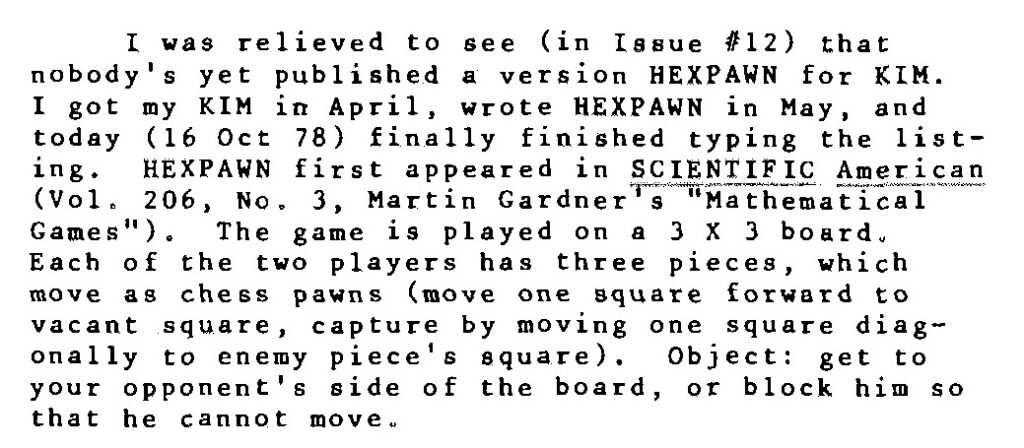
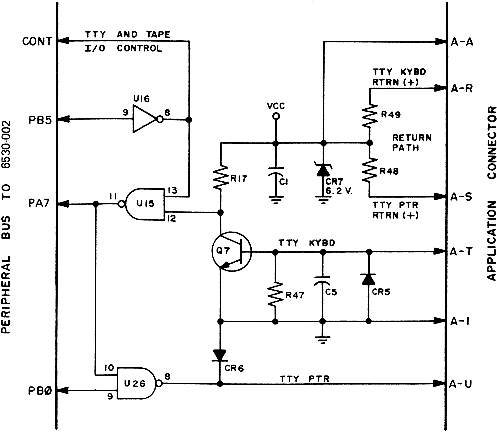
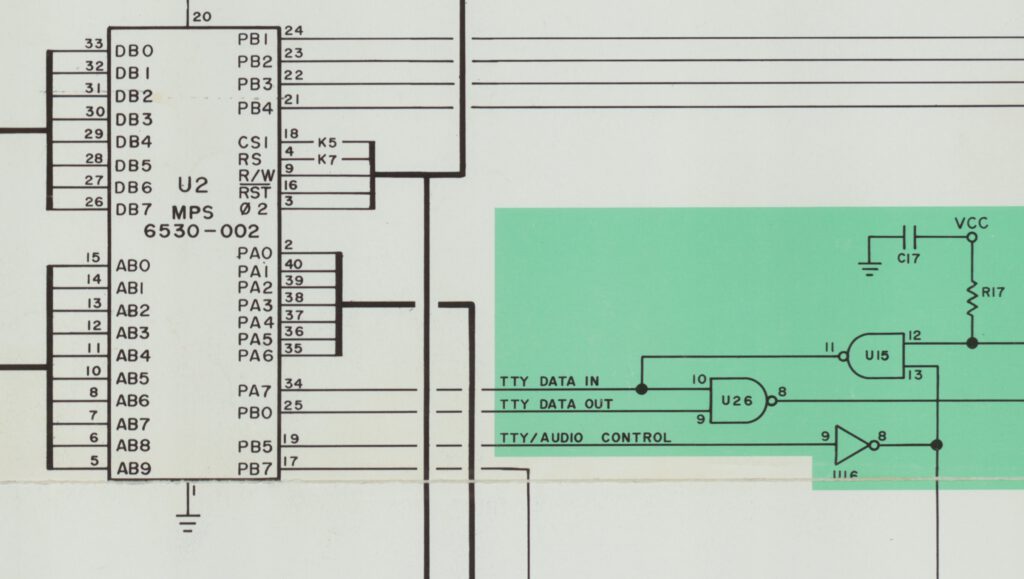
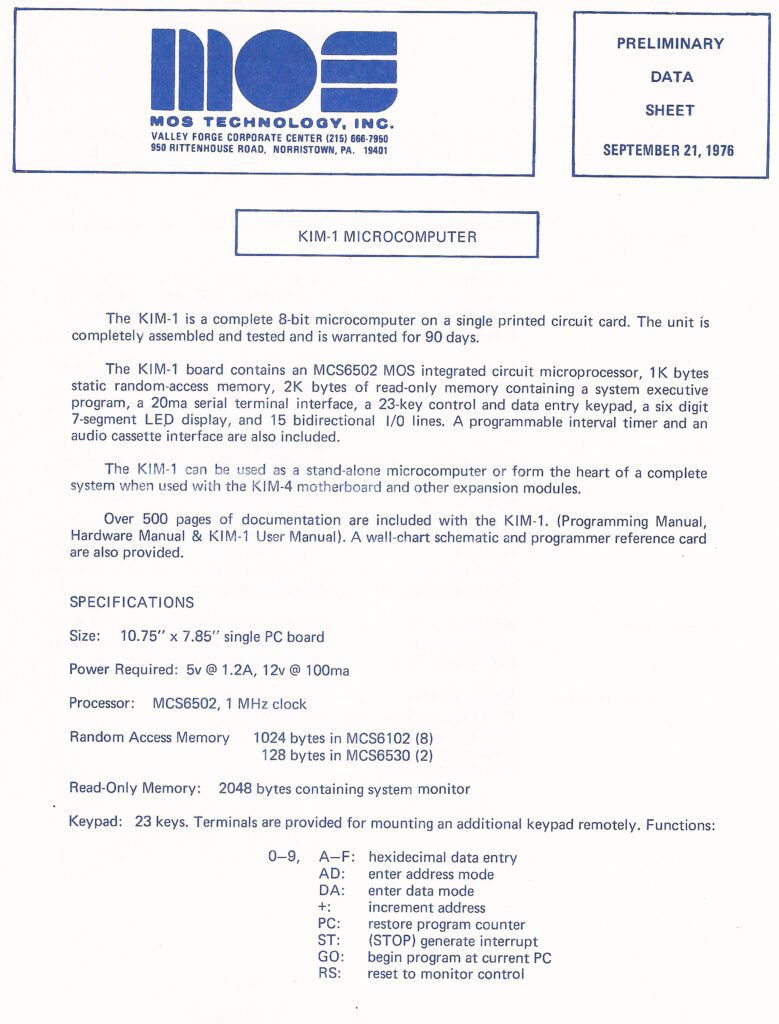
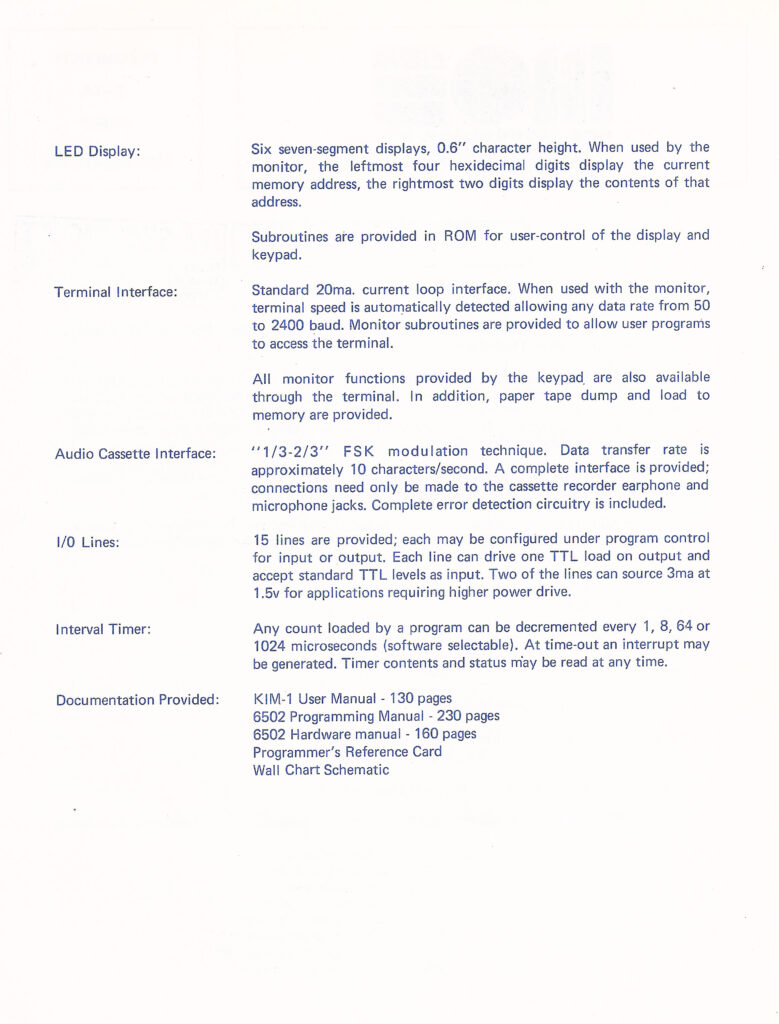
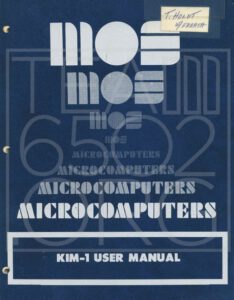
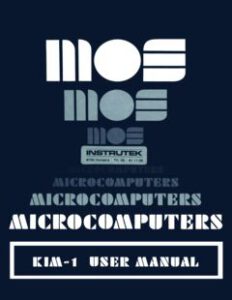
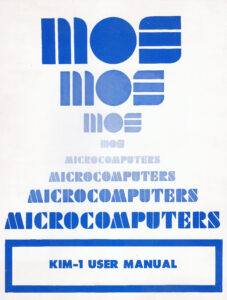
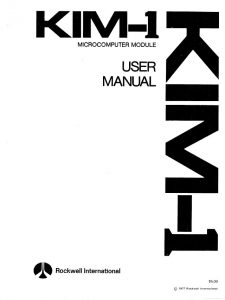
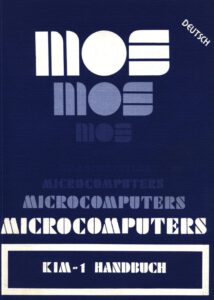
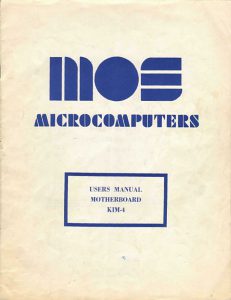 <
<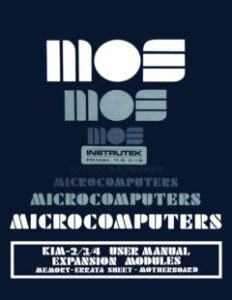 <
<